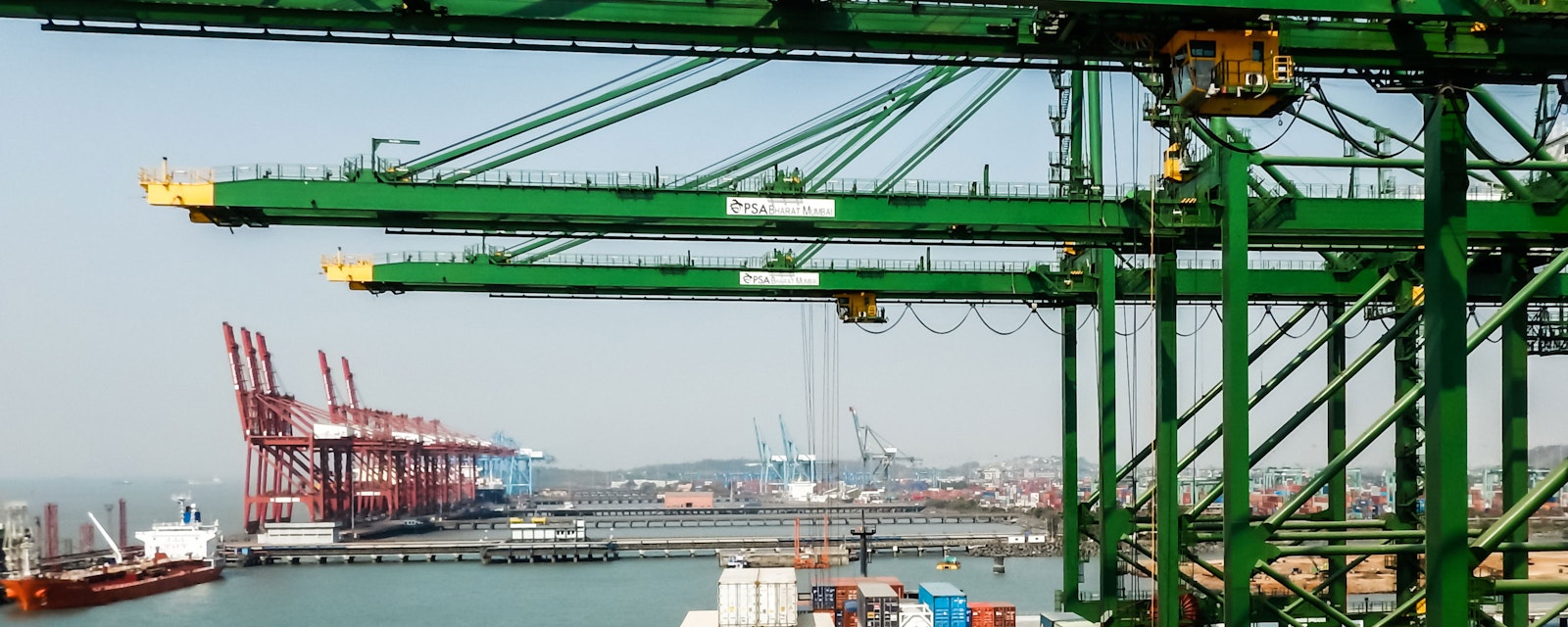Another round of import curbs, this time to prevent the fallout of the U.S.-China trade war on the Indian economy, is on the cards.
The administration of Prime Minister Narendra Modi could impose a new series of restrictions as early as October-end, as the government struggles to defend the rupee (which has depreciated 14 percent against the dollar this year) and address the problem of a Current Account Deficit (CAD) that is spiraling out of control (at 2.4 percent of the GDP, still below the 3 percent mark but widening).
Concerned that the imposition of higher tariffs by the US could cause China to seek out other markets to sell its goods – especially ranging from low-grade iron ore to low-end electronics – the Indian government is preparing to raise tariff and non-tariff walls to keep Chinese imports out. The government is likely to target specifically those that do not undergo Indian value addition and do not hamper the growth of the Indian economy.
Ever since oil prices began rising, India has had to begin worrying about a triple threat – pressure on the Indian rupee, combined with the rising CAD and Chinese exporters diverting to India, and goods and commodities rejected or refused by the US. Starting with the budget 2018-19 that increased customs duty on mobiles from 15 to 20 percent and imported televisions to 15 percent, there have been six rounds of tariff and non-tariff barriers to deter imports. The last round announced last week (the second in two weeks) saw a hike in import tariffs on a range of telecommunication equipment, with duties on imported luxury items like televisions, air conditioners, and refrigerators being increased before that.
Boomerang Effect?
However, some of the adopted measures could create additional troubles for the government. For instance, the recently adopted duty on telecommunication components might increase significantly the price of electronics, the third biggest item of import by value after oil and gold. Moreover, the government has deepened dependence on mobile phones by rapidly ushering in a regime that has delivery of services via mobile as its biggest achievement. Therefore, the import restrictions could become a drain on the economy and affect the re-election prospects of incumbent Prime Minister Narendra Modi in 2019 negatively.
Furthermore, the steadily rising price of oil has begun putting additional pressure on the government. India imports 82 percent of its crude requirement and may run up a bill of nearly USD 110bn this year against USD 87.7bn last year on the back of rupee depreciation alone. To protect its domestic constituency, the government imposed quantitative curbs earlier this year on pulses, legumes, and peas imported from Canada and Australia, in a bid to protect farmer margins. To make investment in India attractive, it cut withholding tax on Masala bonds, relaxed long-term capital gains taxes for foreign portfolio investments, and allowed Indian oil firms to raise resources abroad. However, these measures have had limited success so far, which means that the government is running out of policy options.





